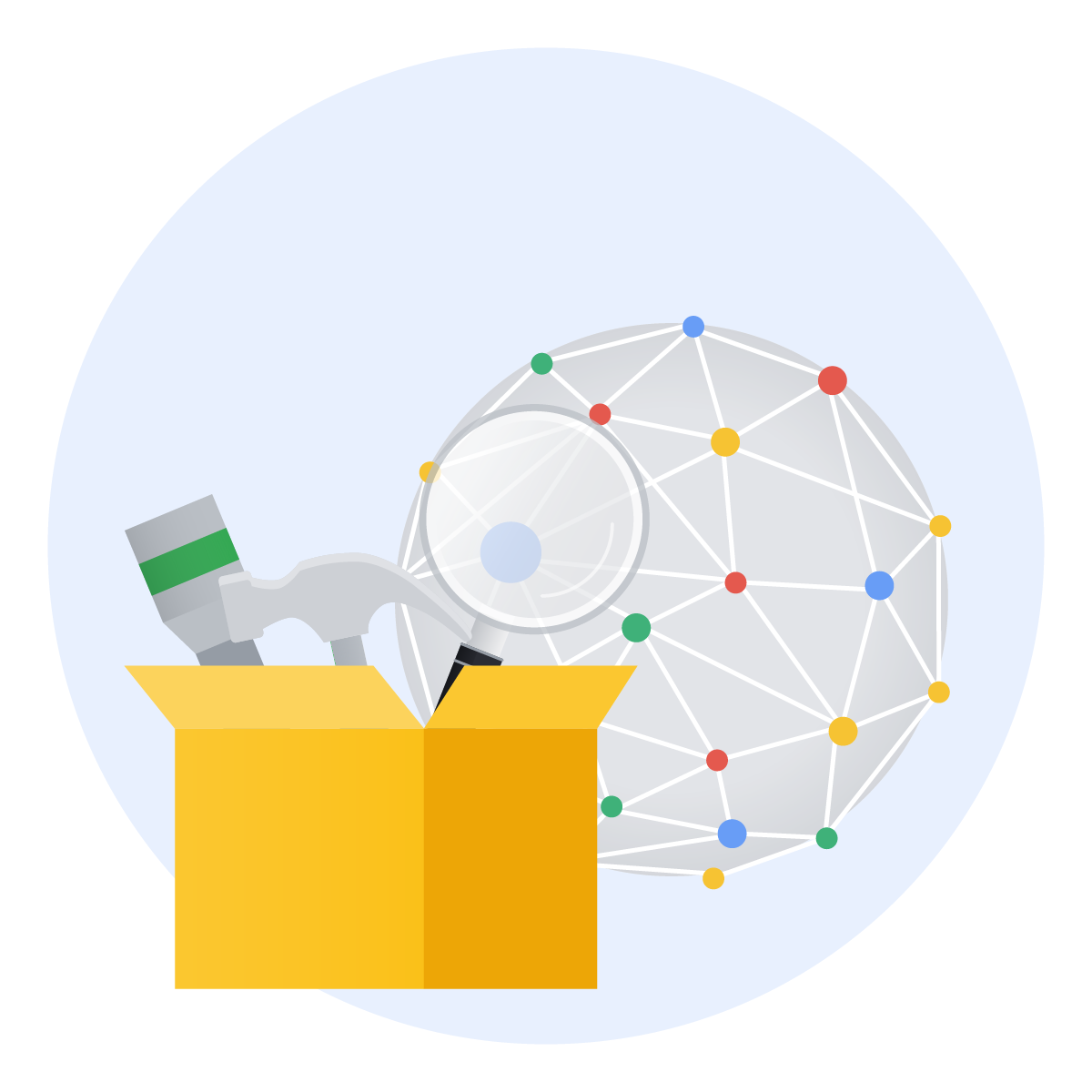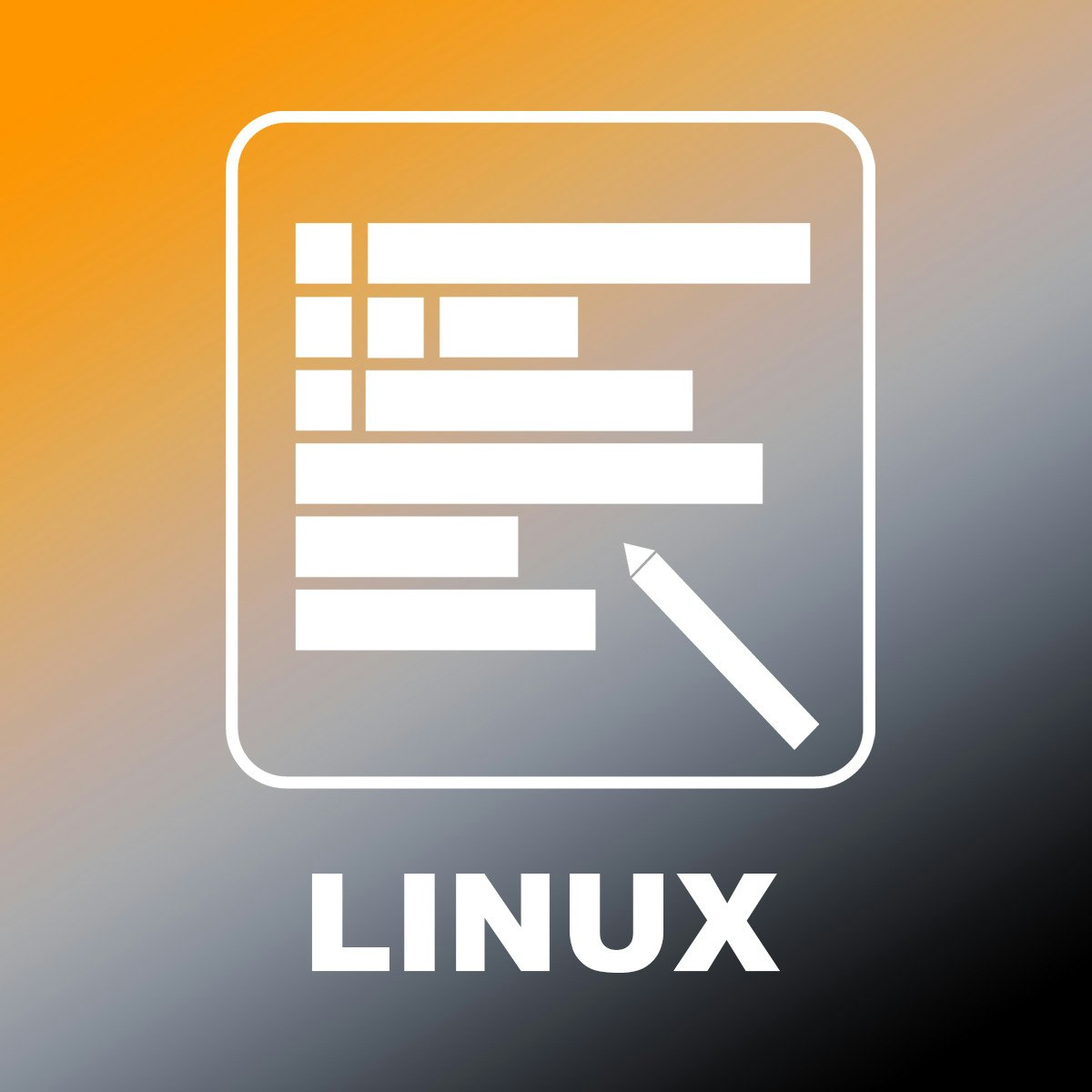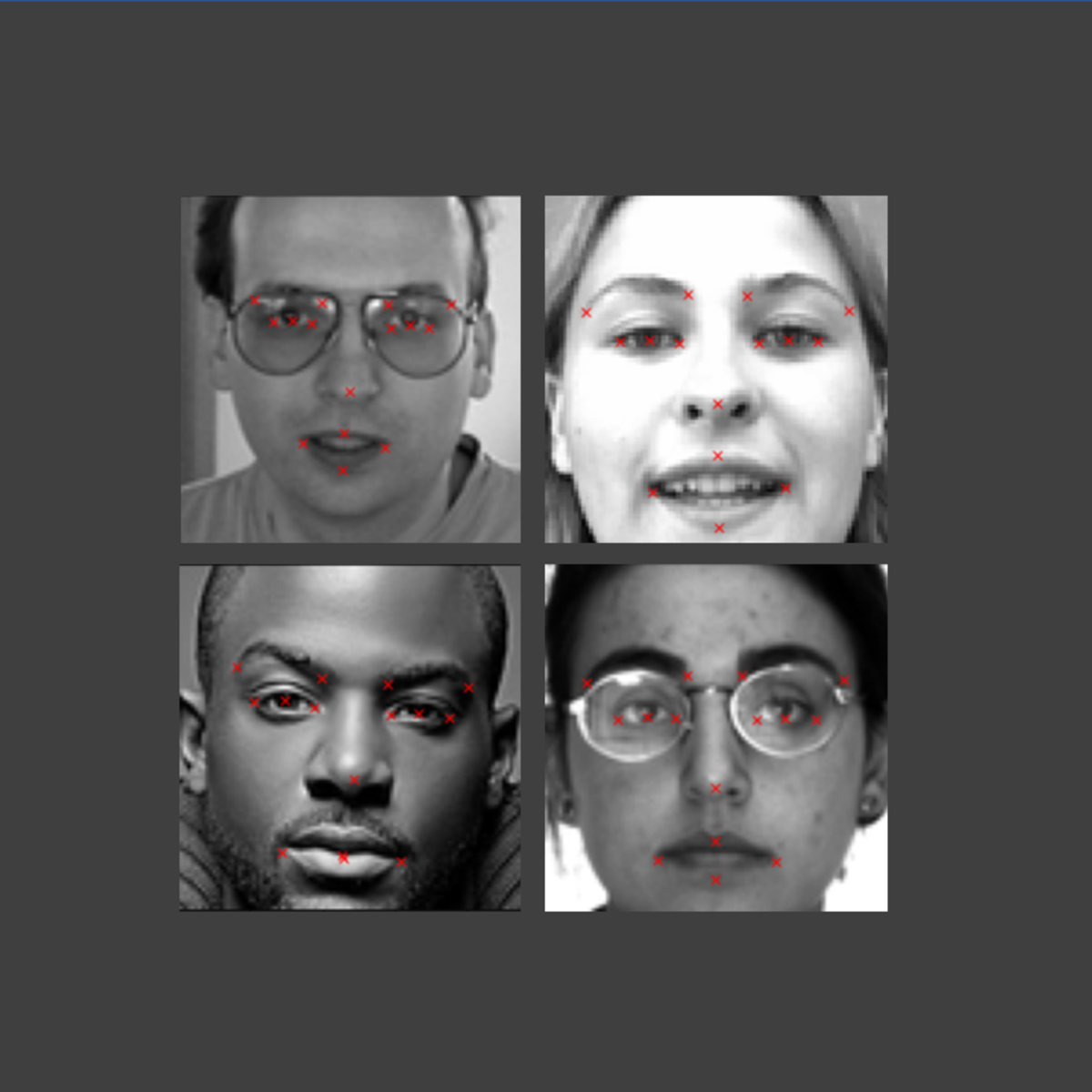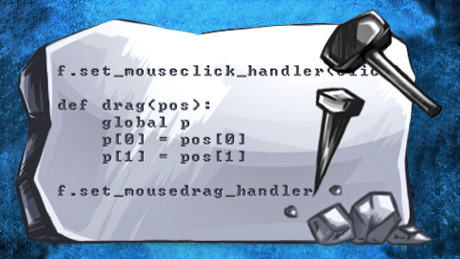Back to Courses









Software Development Courses - Page 41
Showing results 401-410 of 1266

Programming with Scratch
Learning coding is not only about understanding the programming language being used, but also developing important computational thinking skills, which are useful for problem solving across many disciplinary areas. In this course, students will learn basic programming skills by creating interactive storybooks, animations, and games with Scratch, which is a block-based visual programming language for anyone new to coding.

Preparing for Your Professional Cloud Network Engineer Journey
This course helps you structure your preparation for the Professional Cloud Engineer exam. You will learn about the Google Cloud domains covered by the exam and how to create a study plan to improve your domain knowledge.

File Editor Time Travel with Linux
In this 1-hour long project-based course, you will time travel to visit some of the popular Linux file editors throughout history, from ancient to recent. You will learn about each of them, their pros and cons and basic operations. Basic knowledge Linux command line is recommended before taking this course.
Agile Planning for Software Products
This course covers the techniques required to break down and map requirements into plans that will ultimately drive software production.
Upon successful completion of this course, you will be able to:
- Create effective plans for software development
- Map user requirements to developer tasks
- Assess and plan for project risks
- Apply velocity-driven planning techniques
- Generate work estimates for software products

Emotion AI: Facial Key-points Detection
In this 1-hour long project-based course, you will be able to:
- Understand the theory and intuition behind Deep Learning, Convolutional Neural Networks (CNNs) and Residual Neural Networks.
- Import Key libraries, dataset and visualize images.
- Perform data augmentation to increase the size of the dataset and improve model generalization capability.
- Build a deep learning model based on Convolutional Neural Network and Residual blocks using Keras with Tensorflow 2.0 as a backend.
- Compile and fit Deep Learning model to training data.
- Assess the performance of trained CNN and ensure its generalization using various KPIs.
- Improve network performance using regularization techniques such as dropout.

Computer Vision with Embedded Machine Learning
Computer vision (CV) is a fascinating field of study that attempts to automate the process of assigning meaning to digital images or videos. In other words, we are helping computers see and understand the world around us! A number of machine learning (ML) algorithms and techniques can be used to accomplish CV tasks, and as ML becomes faster and more efficient, we can deploy these techniques to embedded systems.
This course, offered by a partnership among Edge Impulse, OpenMV, Seeed Studio, and the TinyML Foundation, will give you an understanding of how deep learning with neural networks can be used to classify images and detect objects in images and videos. You will have the opportunity to deploy these machine learning models to embedded systems, which is known as embedded machine learning or TinyML.
Familiarity with the Python programming language and basic ML concepts (such as neural networks, training, inference, and evaluation) is advised to understand some topics as well as complete the projects. Some math (reading plots, arithmetic, algebra) is also required for quizzes and projects. If you have not done so already, taking the "Introduction to Embedded Machine Learning" course is recommended.
This course covers the concepts and vocabulary necessary to understand how convolutional neural networks (CNNs) operate, and it covers how to use them to classify images and detect objects. The hands-on projects will give you the opportunity to train your own CNNs and deploy them to a microcontroller and/or single board computer.

Mastering Programming with MATLAB
The course builds on the foundation laid by the first course of the Specialization called “Introduction to Programming with MATLAB.” It covers more advanced programming concepts such as recursion, vectorization, function handles, algorithm efficiency and others. At the same time, it presents many features that make MATLAB a powerful programming environment for engineering and scientific computing, such as its support for object oriented programming, the new user interface design environment and Live Scripts.
By the end of this course, you will be familiar with more advanced computer programming concepts, able to write more efficient code, and able to create object oriented MATLAB applications with graphical user interfaces.

Internet of Things: Multimedia Technologies
Content is an eminent example of the features that contributed to the success of wireless Internet. Mobile platforms such as the Snapdragon™ processor have special hardware and software capabilities to make acquisition, processing and rendering of multimedia content efficient and cost-effective.
In this course, you will learn the principles of video and audio codecs used for media content in iTunes, Google Play, YouTube, Netflix, etc. You will learn the file formats and codec settings for optimizing quality and media bandwidth and apply them in developing a basic media player application.
Learning Goals: After completing this course, you will be able to:
1. Explain the tradeoffs between media quality and bandwidth for content delivery.
2. Extract and display metadata from media files.
3. Implement and demonstrate a simple media player application using DragonBoard™ 410c.

Introduction to HTML
In this project, you will develop an HTML resource sheet and a very basic sample webpage. You will use a text editor called Notepad++ to write your code, and the Chrome browser to display the resulting webpage.
You will learn how to add content to your webpage using the basic content elements. While gaining experience with the Notepad++ editor, you will build an HTML resource webpage. You will use and include common HTML tags and elements and learn what each does to help present your document in a web browser. This course starts at the beginning with HTML; and it will prepare you for the next steps in your Web Development journey, and for future courses where you can expand your knowledge of HTML elements, and learn to apply cascading style sheets.
HTML is a gateway skill to more advanced competencies required for Web Development. There is a high demand for developers who understand front-end languages, like HTML, CSS, and JavaScript. Learning to manually code with HTML instead of turning to a WYSIWYG editor will allow you to better understand the ins and outs of web development. Coding always gives you more control over the final product—in this case a webpage.
Note: This course works best for learners who are based in the North America region. We’re currently working on providing the same experience in other regions.
An Introduction to Interactive Programming in Python (Part 2)
This two-part course is designed to help students with very little or no computing background learn the basics of building simple interactive applications. Our language of choice, Python, is an easy-to learn, high-level computer language that is used in many of the computational courses offered on Coursera. To make learning Python easy, we have developed a new browser-based programming environment that makes developing interactive applications in Python simple. These applications will involve windows whose contents are graphical and respond to buttons, the keyboard and the mouse.
In part 2 of this course, we will introduce more elements of programming (such as list, dictionaries, and loops) and then use these elements to create games such as Blackjack. Part 1 of this class will culminate in building a version of the classic arcade game "Asteroids". Upon completing this course, you will be able to write small, but interesting Python programs. The next course in the specialization will begin to introduce a more principled approach to writing programs and solving computational problems that will allow you to write larger and more complex programs.
Popular Internships and Jobs by Categories
Browse
© 2024 BoostGrad | All rights reserved


